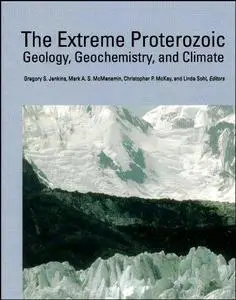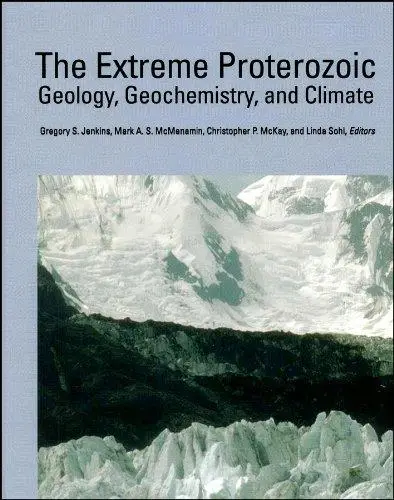The Extreme Proterozoic: Geology, Geochemistry, and Climate By
2004 | 218 Pages | ISBN: 0875904114 | PDF | 33 MB
2004 | 218 Pages | ISBN: 0875904114 | PDF | 33 MB
Published by the American Geophysical Union as part of the Geophysical Monograph Series. Earth climate is uniquely determined at any time by the varied interactions of its components: lithosphere, biosphere, atmosphere, hydrosphere (ocean, lakes and rivers) and cryosphere. Over the past 544 million years (the Phanerozoic Eon), these components of the climate system have undergone significant changes but perhaps none more extreme than in the Proterozoic Era (2.5 G-544 Ma) With at least three periods with low-latitude glacial deposits (during the Palaeoproterozoic and Neoproterozoic), the cryosphere may have dominated the earth's surface, possibly the only such event in earth's history. Indeed, if the Earth had an obliquity similar to the present (23.45), then low-latitude glaciation could represent a nearly ice- and snow-covered globe. Effects would have been multiform: The influence of the hydrosphere would have been at a minimum and most living organisms would have been confined to small areas of open ocean if they existed at all, or possibly near hydrothermal vents. The atmosphere would have been very dry and nearly cloud-free.Content:



